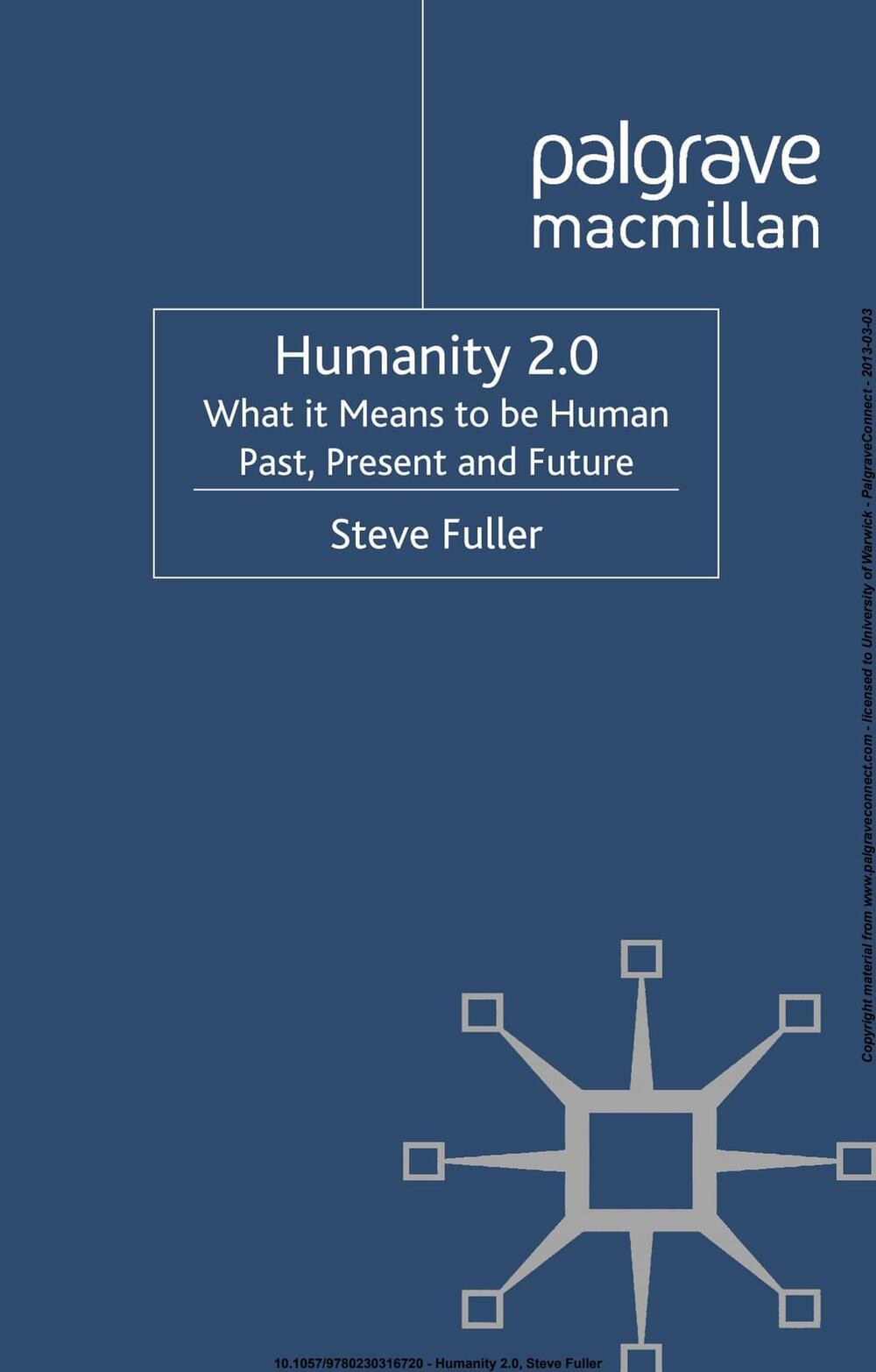The first measurements of a heavy oxygen isotope in Earth’s upper atmosphere suggest that isotopic concentrations could become powerful probes of atmospheric processes at otherwise hard-to-probe altitudes.



A new analysis of how the immune system responds to both older and newer investigational vaccines for respiratory syncytial virus—RSV—will help inform the ultimate translation of an immunization from the laboratory to actual clinical usage.
The research couldn’t arrive at a more crucial time. The unexpected, and dramatic, worldwide escalation of RSV cases in recent months helped demonstrate why a vaccine to prevent the infectious illness is so critically needed. Each year, RSV is responsible for 1 in 50 pediatric deaths worldwide, according to researchers at Wilhelmina Children’s Hospital in the Netherlands, where medical researchers recently completed a study on RSV.
The majority of those deaths occur among infants too young to fight the viral disease. But the infectious agent also is a killer of frail, older adults, data from the World Health Organization show, making the development of an effective vaccine a medical priority to prevent unnecessary deaths at opposite ends of the human age spectrum.

A massive topic deserves a massive video. Rob Miles discusses ChatGPT and how it may not be dangerous, yet.
More from Rob Miles: http://bit.ly/Rob_Miles_YouTube.
The ‘Danish’ Reddit post: https://www.reddit.com/r/GPT3/comments/zb4msc/speaking_to_ch…_while_it/
Some of Rob’s own videos which are relevant:
Reward Modelling: https://www.youtube.com/watch?v=PYylPRX6z4Q
Instrumental Convergence: https://www.youtube.com/watch?v=ZeecOKBus3Q
Problems with Language Models: https://www.youtube.com/watch?v=w65p_IIp6JY
https://www.facebook.com/computerphile.
https://twitter.com/computer_phile.
This video was filmed and edited by Sean Riley.

Google is testing new artificial intelligence-powered chat products that are likely to influence a future public product launch. They include a new chatbot and a potential way to integrate it into a search engine.
The Alphabet company is working on a project under its cloud unit called “Atlas,” which is a “code red” effort to respond to ChatGPT, the large language chatbot that took the public by storm when it launched late last year.


Visit our sponsor, Brilliant: https://brilliant.org/IsaacArthur/
Science fiction loves to show us disembodied heads or brains floating in jars, but could this be one route to extending our lives? Or could you already be one living in false reality?
Visit our Website: http://www.isaacarthur.net.
Support us on Patreon: https://www.patreon.com/IsaacArthur.
Facebook Group: https://www.facebook.com/groups/1583992725237264/
Reddit: https://www.reddit.com/r/IsaacArthur/
Twitter: https://twitter.com/Isaac_A_Arthur on Twitter and RT our future content.
SFIA Discord Server: https://discord.gg/53GAShE
Listen or Download the audio of this episode from Soundcloud: Episode’s Audio-only version: https://soundcloud.com/isaac-arthur-148927746/life-as-a-brain-in-a-jar.
Episode’s Narration-only version: https://soundcloud.com/isaac-arthur-148927746/life-as-a-brai…ation-only.
Credits:
Life as a Brain in a Jar.
Episode 246; July 9, 2020
Written, produced & narrated by isaac arthur.
Editors.
Check out my courses here!
https://www.udemy.com/user/maksym-rudnyi/
!! Updated version with fix all issues from comments — https://youtu.be/mmCnx0YnBs4.
Today we’ll implement Internationalisation for our React app. To do any site/app available for different languages, we can use React-Intl module.
In this React i18n tutorial, we will add 3 different languages: English, German and French. You can add as many as you want languages and it’ll work fine.
GitHub Demo — https://github.com/MaksymRudnyi/ReactIntlDemo.
React Context tutorial — https://youtu.be/tEFrcYNm9HY
Create React app — https://github.com/facebook/create-react-app.
React-Intl — https://github.com/formatjs/react-intl.
Support this channel:
Last Updated on January 30, 2023
The futuristic smart city of The Line at NEOM, being built as part of the larger NEOM project in northwestern Saudi Arabia, was put on display in Riyadh in January 2023. The exhibition will run until April 29th at the Diriyah Biennale Foundation for Contemporary Art in the Jax district and offers visitors a glimpse into life in the revolutionary linear city.